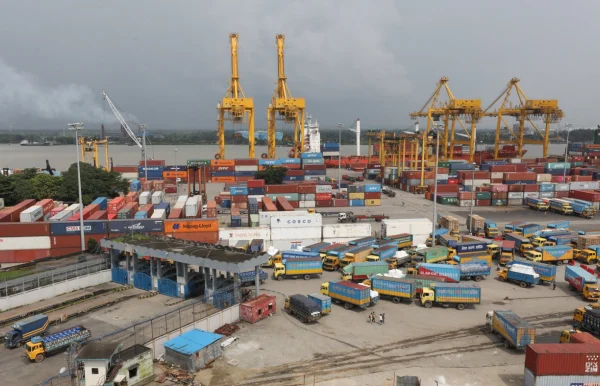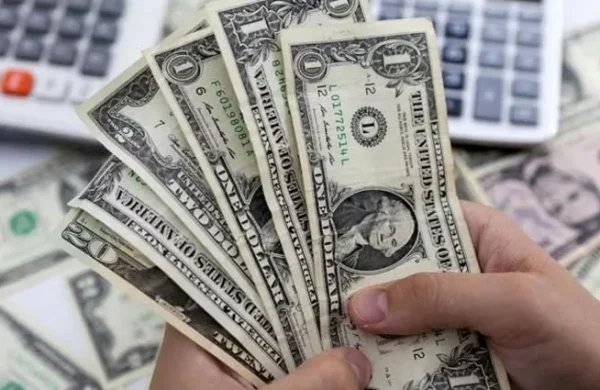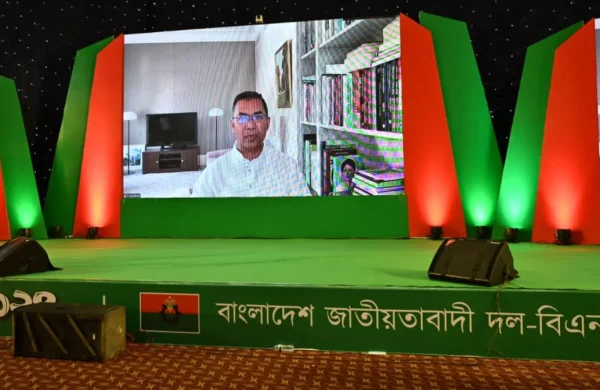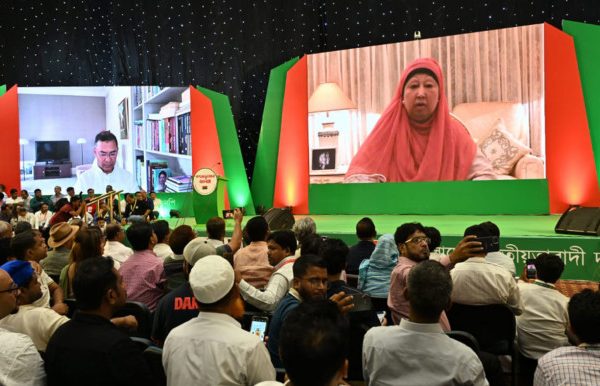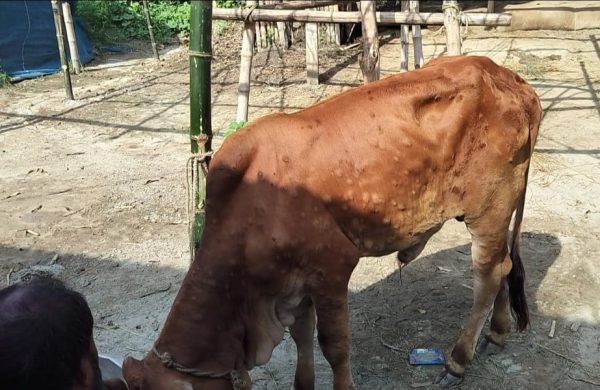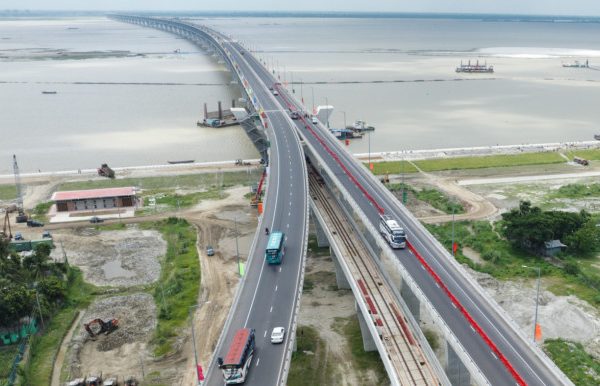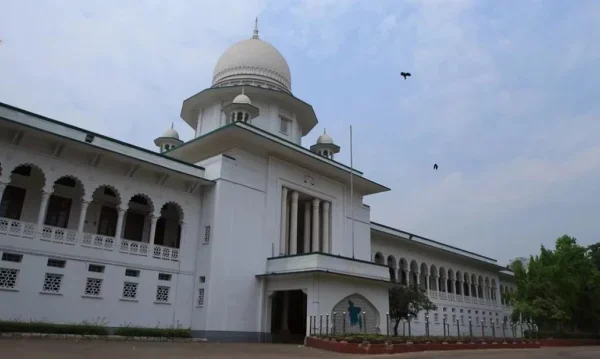Reserve still tottering for dollar crisis
- Update Time : Wednesday, May 15, 2024

TDS Desk:
Bangladesh is still grappling with the dollar crisis two years after it emerged in the country with the recent initiatives failing to bolster the country’s reserves. According to the sources in the Bangladesh Bank, the reserve keeps dwindling as the dollar crisis prevails.
The total amount of reserve dwindled to USD 23.77 billion after clearing dues of the Asia Clearing Union (ACU) for the months of March and April. However, the reserve stands at USD 18.32 billion as per the International Monetary Fund (IMF) calculation method – BPM.
However, the actual reserve reportedly now stands at a little less than USD 13 billion. Actual reserve is that which doesn’t have any liability and can be utilised at any time.
The BB sources said, despite controlling imports, the government needs around USD 5 billion on average every month to clear the import liabilities. Therefore, it won’t be possible to bear the export cost for the next three months with the actual reserve.
How did the reserve dwindle?
Last week, Bangladesh paid USD 1.63 billion from its reserves to settle dues with the ACU, further depleting its already strained foreign exchange reserves. As per the target set by the IMF, Bangladesh was supposed to have a neat reserve of USD 20.01 billion as of 30 June. However, at the request of Bangladesh, the IMF revised down the amount to USD 14.75 billion. However, the neat reserves is even less than USD 13 billion, which is significantly below the revised target set by the IMF.
The total reserve surpassed USD 48 billion in 2021, which has dwindled to USD 2,377 billion now. It means that the reserve has halved in two and a half years.
The prices of dollars used to be fixed by the central bank once. Later, two relevant organisations in the finance sector were given the task to fix the dollar exchange rate. Lastly, Bangladesh launched the ‘crawling peg’ method to adjust the dollar price after different sorts of experiments failed. However, the central bank has not left any space for the dollar price to crawl or fluctuate.
According to the Bangladesh Bank, the country received a remittance of USD 900 million in the first 12 days of this month. The price of dollars has been raised to Tk 117 per dollar under the crawling peg method. The officials are expecting a rise in the inflow of foreign incomes as a result of this initiative. Besides, they believe that it will also increase the inflow of export incomes.
The central bank is selling dollars at a rate of Tk 117.44 for clearing the import liabilities of the government. Besides, the Bangladesh Bank is buying dollars from the banks which are buying expatriate income at a higher price, at the rate of Tk 117.44. Despite these efforts, the decline in reserves has not been halted, as the volume of dollars being sold exceeds the amount being bought.
Speaking to this correspondent, Bangladesh Bank spokesperson Md Mejbaul Haque said, “The central bank cleared import bills of USD 1.63 billion. So the reserve dwindled a little. We will receive the next instalment of the IMF loan next month. Besides, money from the funds of different projects will be disbursed within June.”
He expects that the expat income will surpass USD 2 billion this month. The pressure of selling dollars will come down as a result of the increase in the inflow of dollars.
A big deficit in the financial accord:
The country’s total deficit has surpassed USD 9 billion as per the financial account. The deficit rose to USD 9.25 billion in the July-March quarter of the 2023-24 fiscal, which was USD 409 million at the same time in the last fiscal.
A country’s growth or decline in its ownership of international assets is measured through a financial assessment. Generally, a deficit in this account mounts pressure on forex reserves and foreign currency exchange rate. The country saw a financial deficit for the first time in a decade in the beginning of the 2022-23 fiscal in the face of a severe dollar crisis.
The deficit is believed to be widening for a number of reasons now, including a decline in foreign investment. For instance, the expatriates are investing less than before in the capital market or other sectors and even withdrawing investment in some cases. Besides, the inflow of money against the products exported has also dwindled.
Foreign direct investment (FDI), portfolio investment and other assets are considered as reserve assets in the financial accord. The other investments include foreign aid, medium and long term government loans, debt repayments, long and short term commercial loans, trade credit or remittances against exports and other assets and liabilities.
Economist Zahid Hussain advocates allowing the market to entirely dictate the dollar price. He said, “The crisis prevails due to the government’s failure to make dollar prices market based on time and to realise the entire income from export. Both commercial and financial deficits are rising. The policies, which have been adapted by the government so far to fix the rate of dollars, are not sustainable. The new method is not market-based as well. The rate of dollars must be allowed to fluctuate with the supply and demand. The banks will have to announce the dollar price daily so that the clients can get a clear idea about this. The Bangladesh Bank may also develop a roadmap to overcome the dollar crisis step by step.”
Will the new method work?
Bangladesh applied for the IMF loan in the face of deficits in both financial and current accounts in July 2022. Six months after that, the IMF approved a loan of USD 4.7 billion on 30 January. Bangladesh received the first instalment of USD 476.3 million on 2 February and second instalments of USD 681 million in December under this loan. Bangladesh is expected to receive the third instalment of USD 1.15 billion by next month.
Bangladesh raised the price of dollars from Tk 110 to Tk 117 in compliance with the conditions imposed by the IMF. The interest rates against loans have also been made market-based. However, the economists are still doubtful as to whether these initiatives will yield any result or not.
Speaking to this correspondent, executive director of the Policy Research Institute, Ahsan H Mansur said, “Although the new method of adjusting dollar prices is called the crawling peg system, the dollar rates cannot crawl (fluctuate) under this. We have to develop a right policy amidst a hard time and implement that properly. The prices of dollars should be allowed to fluctuate slowly or gradually. The central bank no longer has the scope to maintain a double standard. At the same time, it should also leave interest rates against the bank loans on the market entirely. It would reduce the pressure on the reserve.”


